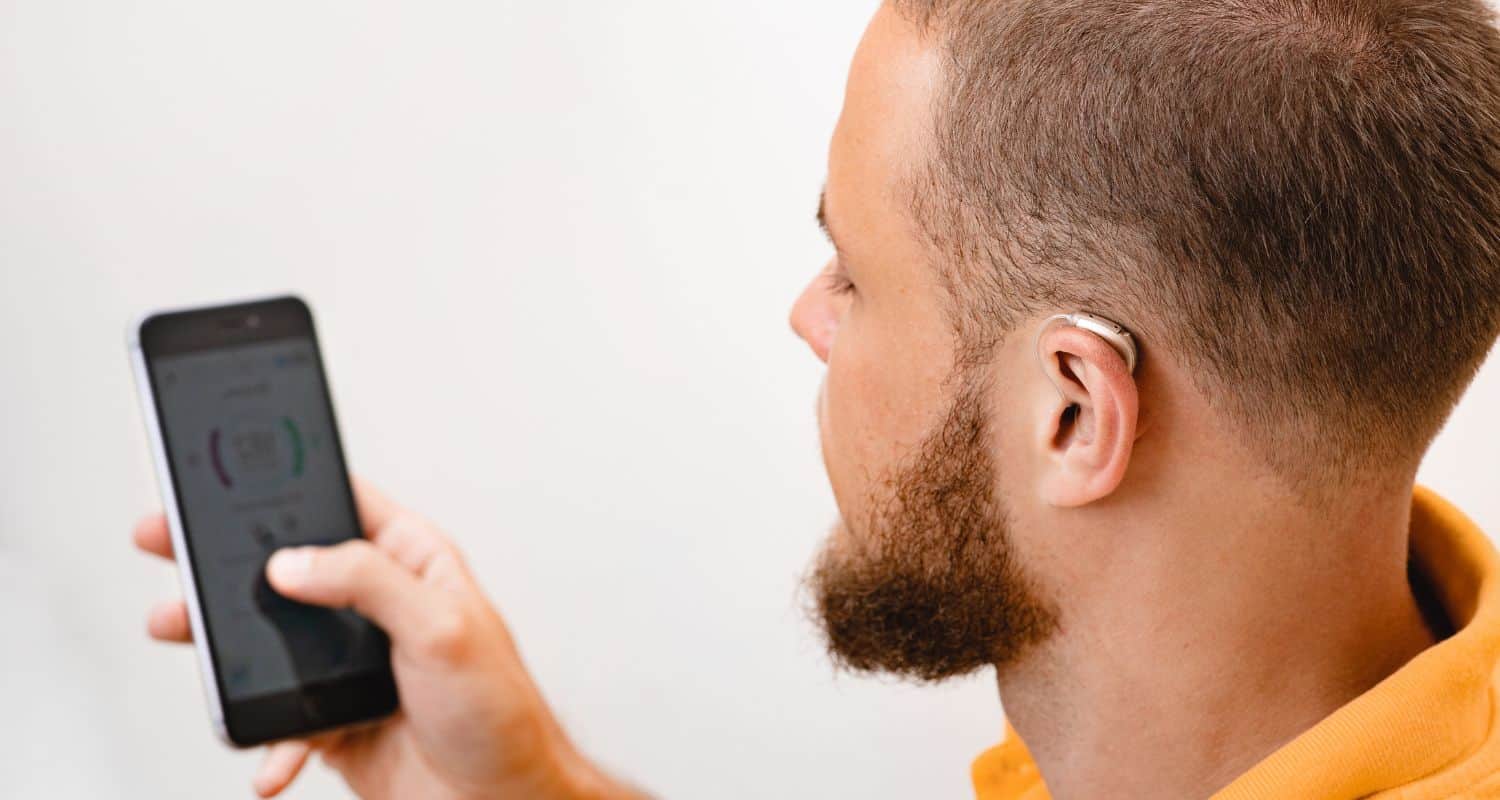
Imagine This
For a conceptual model of exactly how common hearing loss actually is, picture an average size wedding party. The average size of a wedding party is 100 people. Now how many of these people do you suspect suffer from some detectable degree of hearing loss?
Would you guess it is one person at the wedding? Maybe you suspect it is a trick question and you are going to guess what you think is a high number, so you guess five people?
Thirteen or 14 people at this imaginary, average-sized wedding suffer from hearing loss. Shocking, right? But it is true. Over 13% of everyone in the U.S. over the age of 18 has hearing loss.
The Reality
Can you guess how many of these people should be using a hearing aid? Every single one of them, because left untreated, the consequences of hearing loss expand into every aspect of your life and overall health. Your relationships, career, emotional and psychological well-being will all be damaged.
But the reality is that more than two-thirds of everyone with hearing loss chooses instead to minimize its seriousness and forgo treatment. There are many reasons that explain this, but at the root of all of them is the commonality that many people have antiquated stereotypes about what it means to suffer from hearing loss.
So it is important to remember that everyone is unique, so everyone’s hearing loss is unique to them. No two people will require the exact same treatment. The way to determine what exactly and specifically is right for you is to consult one of our specialists.
The Basics of Your Hearing Aids
The core element that almost every treatment plan has in common is the hearing aid. Today’s most basic hearing aids are far more effective than even the most advanced models of the past. But it is still the same four elements that every variation of hearing aid relies on: the microphone, the processor, the receiver, and the power source.
- The microphone takes in all the sounds present.
- These sounds are then transmitted to the processor, which boosts the signal and passes it to the receiver.
- The receiver relays the sound into your ear canal.
- And of course the power source powers everything.
Choosing The Hearing Aid Model Just Right For You
Most specialists will recommend that choosing the proper hearing aid model to suit your specific needs will start with considering these four features.
Telecoils
Telecoils have been around for a long time, but tremendous improvements in their fidelity and simpler accessibility have recently made them more powerful. A telecoil allows your processor to bypass the microphone and receive electromagnetic signals directly. When attending public performances, exhibits, or religious services, accessing the telecoil will improve your signal to noise ratio and lessen the threat of feedback.
Bluetooth
Bluetooth is a more recent technology that works on similar principles. It allows you to connect the processor in your hearing aids directly to your personal devices, like your smart phone or TV.
Rechargeable Batteries
Rechargeable batteries are far more convenient than disposable batteries for many reasons. They are much less likely to leak and damage your hearing aids. And they are a greater value over the long term.
The Fit of Your Hearing Aids
The design of contemporary hearing aids has made them more discreet and more comfortable than ever before. They can either be worn behind your ear or in it, whichever you find to be more comfortable.
More Features
After you have chosen the model you prefer based on the telecoil and bluetooth systems, the power source and the fit, you have more options to refine your choice.
- Directional Microphones help with clarity and focus by boosting the sound in front of you and reducing the sounds from behind you.
- Binaural processing technology synchronizes your two hearing aids to ease their functioning as a singular synchronized unit.
- Digital Noise Reduction systems analyze the signal to recognize which noises are most likely unwanted and filter these sounds out.
- Impulse Noise Reduction instantaneously reduces the volume on momentary background noises and.
- Feedback Management Systems reduces feedback troubles.
- And Data Logging keeps track of the various environments you visit and the preferences that you choose in each one. Your specialist will customize your hearing aids with even greater precision by accessing these preferences.
Your Choice
Some hearing aids mask tinnitus. Other models are waterproof. No one knows your needs and priorities like you do. Make an appointment with one of our specialists today to find the option that is just right for your needs, your lifestyle, and your budget.
